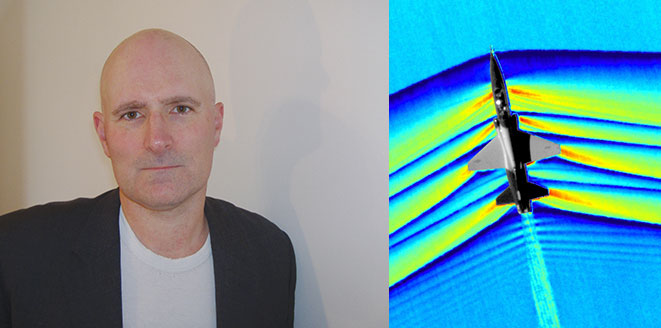Pushing the Envelope
Pushing the envelope
Navigating the future
 Robert Coppinger
Robert Coppinger
Finding your way around using satellitebased navigation is such an essential feature of daily life that people forget the days of paper maps and map books spread out over the car dashboard or ground.
For civil aviation the days of pilots’ pilotage, navigating by landmarks and dead reckoning, using speed estimates and heading information, were replaced first by radio navigation, using radio beacons, and then inertial navigation systems (INS). In 1978, the first four United States government global positioning system (GPS) satellites were launched and, in 1983, then US President Ronald Reagan authorised the GPS signal for civilian commercial airlines.
In the 38 years since Reagan’s decision to make Navstar, the true name of the US GPS service, available for civil aviation, its signals have been added to by Russia’s GLONASS, European Union’s Galileo and China’s BeiDou system. Public signals for the latter were available in Asia in 2012. Navstar is a military service and the origins of GPS were to serve the needs of the US armed forces. The effectiveness of GPS for munition accuracy was witnessed in 1991 during the Gulf War.
Technology to jam satellites’ navigation signals or spoof them, to give an incorrect position, emerged at arms’ fairs a few years after the first Gulf War. In 2003, Russian GPS jamming equipment was employed by Iraqi forces. In 2018, Finnish Prime Minister, Juha Sipilä, said NATO training in Finland’s northern airspace had been disrupted by GPS jamming which he suspected was the work of the Russian military.
Solutions to GPS jamming and spoofing have been in development for various governments’ militaries for decades. In October this year, Saab announced it will offer a ‘navigation in GPS-denied environments’ capability as part of its Gripen fast jet offer for Finland’s HX requirement. That country is seeking a replacement fighter aircraft for its Boeing F/A-18C/D Hornet fleet. In 2020, Saab completed Gripen E flight tests using new algorithms for real-time and accurate positioning based on image mapping, known as 3D-mapping. Data from the aircraft’s passive electro-optical sensors is compared with a regional 3D surface model database carried by the aircraft’s avionics. In future, the system could operate at night with infrared (IR) sensors comparing what they see with an IR database. In a way it is a combination of that original pilotage, knowing the landscape, and motion-related technologies.
The 3D map is used in combination with INS data and visual odometry, which estimates how much the camera, and therefore the aircraft, has moved between two images. From this, velocity and relative movement can be calculated. Clouds can disrupt this terrain vision, map comparison system, but Saab found that the navigation accuracy returned immediately once the clouds were avoided. Terrain radar could be used to see through clouds but, in contested airspace, emitting a detectable radar signal could be unwise. Lidar, laser radar, is problematic for the same reason. With the 3D map, INS data and visual odometry, the algorithms generate a more accurate velocity vector and assist the INS to deliver the GPS denied navigation capability.
The idea of navigation without GPS has also been the subject of university research for civil applications. The universities of Manchester and Bristol’s Project Agile uses a micro aerial vehicle (MAV). What is common between the Saab system and Project Agile is the use of visual odometry. The MAV has a visionbased navigation system where the computer has a processor for each of the camera image’s pixels and the processors work in parallel. It can analyse the scene for that change between images to calculate relative movement. This processing allows everything to be done by the MAV’s avionics, no information is sent elsewhere – no signal can be jammed.
The Project Agile MAV can also remember where it has been and so that scene will not be processed making the visual navigation more computationally efficient. Project Agile MAV’s visual system can also track moving vehicles. The Project Agile researchers see applications in infrastructure monitoring. Forty years after the first deployment of a satellite navigation system, the future of navigation could be a combination of the new and the old. Perhaps the next step for vision-based systems is the addition of celestial navigation and an electronic version of the sextant developed in the 18th Century.